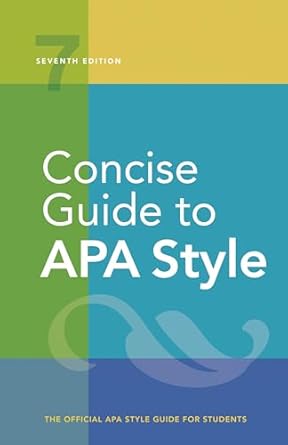[toc]
reducing bias socioeconomic status sexual orientation
Concise Guide to APA Style: 7th Edition (OFFICIAL)
Page 99 Review
Understanding and Reducing Bias: A Commentary on Sexual Orientation and Socioeconomic Status
This excerpt delves into the crucial aspects of reducing bias, particularly concerning socioeconomic status and sexual orientation.
It emphasizes the importance of using precise language and avoiding harmful assumptions.
The passage provides valuable insights into fostering inclusivity and respect in communication.
Addressing Socioeconomic Bias
The passage highlights the common misconception of assuming that members of minority groups are automatically underprivileged.
It clarifies that being underprivileged refers to lacking “less money, education, resources, and so forth than the other people in a society” and can affect individuals or subgroups within any racial or ethnic group.
To avoid bias, the text suggests using more specific terms or referring to systematic oppression: “Whenever possible, use more specific terms (e.g., schools with majority Black populations that are underfunded) or refer to discrimination or systematic oppression as a whole.” This approach promotes accuracy and avoids generalizing about entire groups of people.
Instead of using the term “underprivileged,” the text recommends alternative phrases like “economically marginalized” or “economically exploited,” which more accurately describe the systemic issues at play.
By focusing on the specific challenges faced by individuals or communities, we can move away from broad generalizations and towards a more nuanced understanding of socioeconomic disparities.
Navigating the Complexities of Sexual Orientation
The excerpt then transitions to a discussion of sexual orientation, defining it as a core aspect of individual identity involving “a person’s sexual and emotional attraction to another person and the behavior and/or social affiliation that may result from this attraction.” It is crucial to use the term “sexual orientation” instead of outdated or inaccurate terms like “sexual preference,” “sexual identity,” or “sexual orientation identity,” as the passage notes: “Use the term ‘sexual orientation’ rather than ‘sexual preference,’ ‘sexual identity,’ or ‘sexual orientation identity.’” The text rightly emphasizes that while people choose their partners, sexual orientation itself is not a choice.
This distinction is vital in promoting acceptance and understanding of diverse sexual orientations.
The passage breaks down sexual orientation into two key components: the degree of attraction and its direction.
The degree of attraction can range from “sexual” to “demisexual” to “asexual.” “A person who identifies as sexual feels sexual and emotional attraction toward some or all types of people, a person who identifies as demisexual feels sexually attracted only within the context of a strong emotional connection with another person, and a person who identifies as asexual does not experience sexual attraction or has little interest in sexual behavior.” This spectrum illustrates the diversity of experiences and identities within the realm of sexual orientation.
The Directionality of Attraction
The direction of attraction refers to the gendered focus of a person’s attraction.
This can encompass attraction to people of similar genders, different genders, or those with nonbinary or genderqueer identities. “That is, sexual orientation indicates the gendered directionality of attraction, even if that directionality is very inclusive (e.g., nonbinary).
Thus, a person might be attracted to men, women, both, neither, masculinity, femininity, and/or to people who have other gender identities such as gender-queer or androgynous, or a person may have an attraction that is not predicated on a perceived or known gender identity.” This expansive view acknowledges the fluidity and complexity of attraction, moving beyond traditional binary notions of gender and sexuality.
Terminology and Inclusivity
The text provides a list of terms used to describe different sexual orientations, including “lesbian, gay, heterosexual, straight, asexual, bisexual, queer, polysexual, and pansexual.” It also notes that “pansexual” is sometimes referred to as “multisexual” or “omnisexual.” By providing these definitions, the passage promotes greater understanding and awareness of the diverse language used to describe sexual orientation.
This is an important step in creating a more inclusive and respectful environment for all individuals, regardless of their sexual orientation or socioeconomic status.
Conclusion
This excerpt offers valuable insights into reducing bias by using precise language and challenging assumptions.
By focusing on the specific challenges faced by individuals and communities, we can foster greater understanding and inclusivity.
Whether discussing socioeconomic status or sexual orientation, the principles of accuracy, respect, and inclusivity are paramount in promoting a more equitable and just society.
Buy full ebook for only $18: https://www.lulu.com/shop/american-psychological-association/concise-guide-to-apa-style-7th-edition-official/ebook/product-rmzpq54.html?page=1&pageSize=4
Reducing Bias Socioeconomic Status Sexual Orientation
Read more: Authorship & Date Variations: A Commentary


Leave a Reply